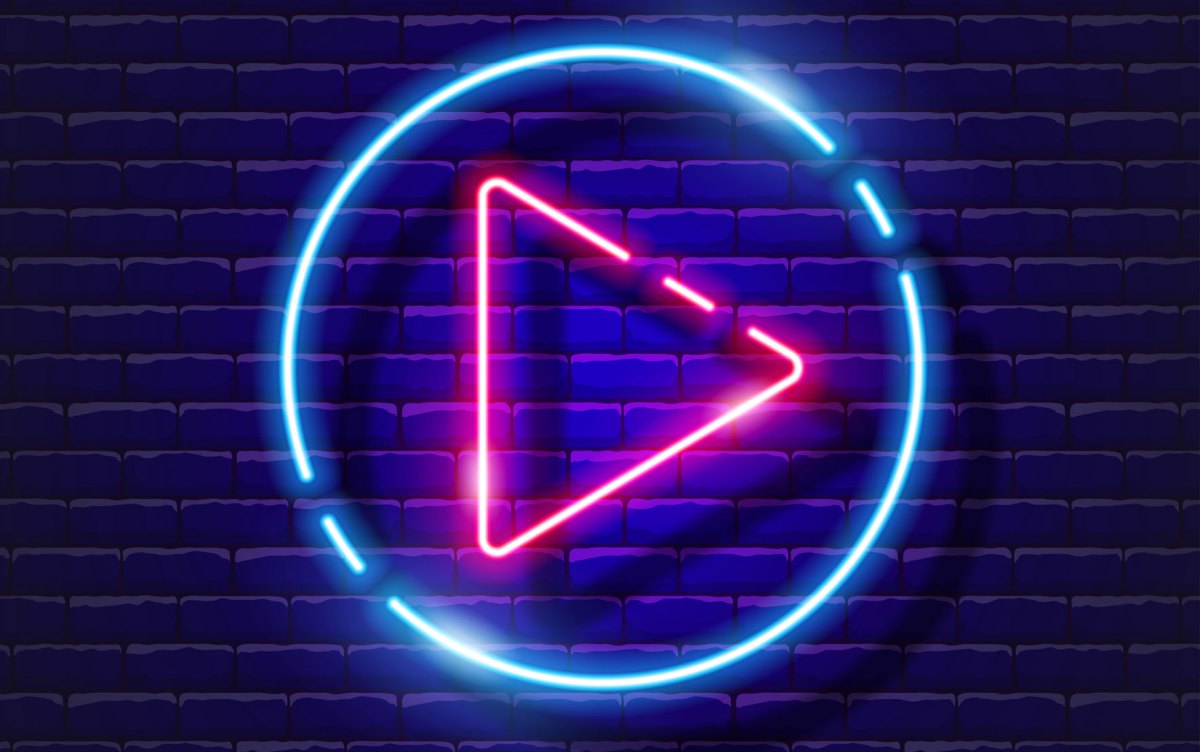Products You May Like
The Block-owned music streaming service TIDAL is shifting the way it pays artists after an experimental program failed to generate results.
Unlike Spotify and other market leaders, which pay musicians small fractions (…of fractions) of pennies for each play, TIDAL has taken a more imaginative approach to artists payouts. The platform, which targets consumers who seek a higher-quality audio experience, introduced a novel direct artist payouts (DAP) program last year. For customers on the $19.99/month HiFi Plus tier, each individual subscriber’s most-listened artist would get 10% of their subscription fee.
As it turns out, that plan didn’t work. In April, TIDAL will end the DAP program.
“The DAP program focused only on a listener’s #1 artist, which left much, much less room for emerging artists to get paid,” TIDAL CEO Jesse Dorogusker wrote in a Twitter thread today. He said that 70,000 artists were enrolled in the program, but they only paid out $500,000, which was “far short” of TIDAL’s goal.
In lieu of DAP, TIDAL is investing more money into its TIDAL Rising program, which promotes emerging musicians. Dorogusker said that TIDAL will invest at least $5 million in this program, more than 10 times what it paid artists via DAP since early 2022.
TIDAL Rising supports select emerging artists by making documentaries and other promotional materials to help accelerate their careers — alumni of the program include Alessia Cara, Chloe x Halle and 21 Savage. Dorogusker referenced a recent TIDAL initiative in Georgia, which platformed four local artists, as an example of the kinds of programs we may expect to see more of.
For those interested in more artist-friendly streaming payouts, this news might feel a bit bittersweet. But it’s possible that DAP didn’t work simply because TIDAL doesn’t have that many subscribers, compared with competitors — last year, TIDAL had less than 2% of the global streaming music subscription market, while Spotify had 31%, and Apple Music had 15%. As Dorogusker pointed out, the DAP model was also a bit counterintuitive, since the payouts only went to a subscriber’s top artist. Deezer, a French music streaming platform, has proposed switching to a user-centric payment system, which divides a user’s subscription fee proportionally among all of the artists they listen to. The streamer hasn’t been able to implement this, though, as labels need to agree to the experimental system.
